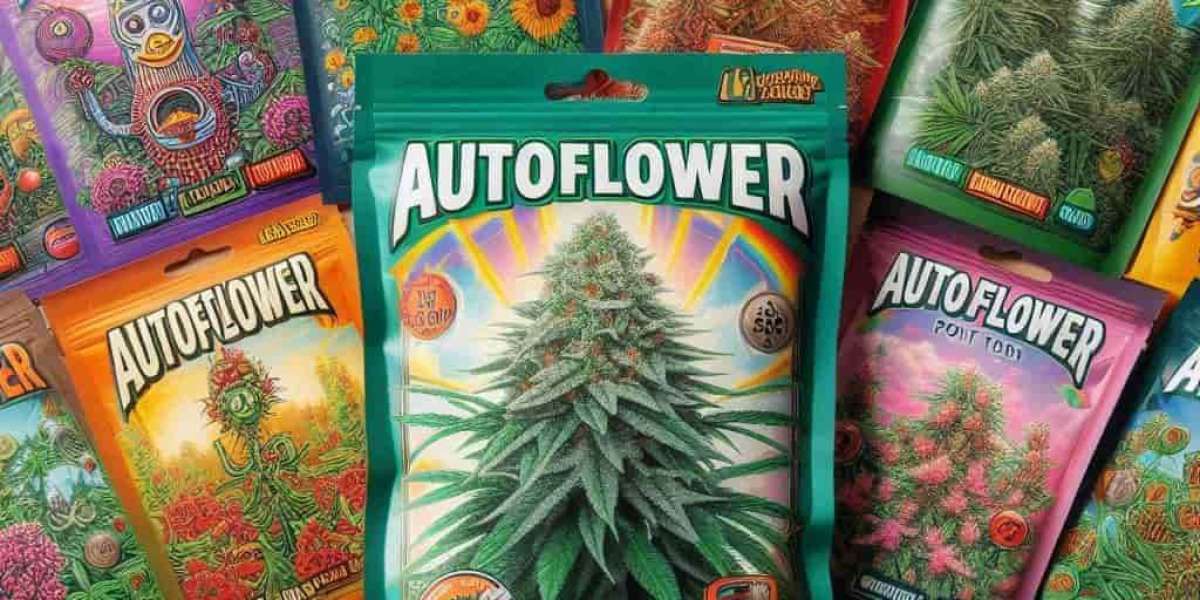Growing cannabis in Virginia https://weedseedsoff.com/virginia/ has become a popular topic since the state legalized the cultivation of marijuana for personal use. If you're interested in starting your own cannabis garden, it's essential to understand the basics of growing, as well as the specific regulations and climate considerations for Virginia.
Understanding Virginia's Cannabis Laws
Before you start planting, it's crucial to familiarize yourself with Virginia's cannabis laws. As of July 1, 2021, adults aged 21 and over are allowed to cultivate up to four plants per household for personal use. However, there are some important restrictions to keep in mind:
- Plants must be grown out of public view.
- Each plant should be labeled with the grower's name, driver's license or ID number, and a statement that the plant is for personal use.
- Selling cannabis remains illegal, so any harvest should be for personal consumption only.
Choosing the Right Strain
Virginia's climate is characterized by hot, humid summers and mild winters, which can influence the type of cannabis strain you choose to grow. Some strains are better suited for outdoor growing in this region, while others may thrive indoors. Here are a few considerations when selecting your strain:
- Indica vs. Sativa: Indica strains tend to have shorter flowering times and are more resistant to cooler temperatures, making them a good choice for Virginia's fall harvest. Sativa strains, on the other hand, may require a longer growing season and are better suited for indoor cultivation.
- Hybrid Strains: Many growers opt for hybrid strains that combine the best traits of both Indica and Sativa. These strains can offer a balance of effects and may be more adaptable to Virginia's climate.
- Autoflowering Strains: Autoflowering strains are ideal for beginners because they automatically transition from the vegetative stage to the flowering stage without needing specific light cycles. These strains also tend to have shorter growing periods, which can be beneficial in regions with unpredictable weather.
Indoor vs. Outdoor Growing
One of the first decisions you'll need to make is whether to grow your cannabis indoors or outdoors. Both methods have their pros and cons, and your choice will depend on factors such as space, budget, and the level of control you want over the growing environment.
Outdoor Growing:
- Advantages: Growing outdoors allows your plants to benefit from natural sunlight, which can lead to larger yields. It's also more cost-effective, as you won't need to invest in grow lights or other indoor equipment.
- Challenges: Virginia's weather can be unpredictable, with high humidity levels that may increase the risk of mold and pests. You'll also need to ensure your plants are hidden from public view, as required by law.
Indoor Growing:
- Advantages: Growing indoors gives you complete control over the environment, including temperature, humidity, and light cycles. This can result in higher-quality buds and a more consistent harvest.
- Challenges: Indoor growing requires a significant upfront investment in equipment such as grow lights, fans, and ventilation systems. It also consumes more electricity, which can increase your utility bills.
Soil and Nutrients
Whether you're growing indoors or outdoors, the quality of your soil is one of the most important factors in determining the health and yield of your cannabis plants. Virginia's native soil can vary, but in many areas, it may be too dense or lacking in essential nutrients for cannabis cultivation. Consider the following tips:
- Soil Type: Cannabis plants thrive in well-draining, nutrient-rich soil. If you're growing outdoors and your soil is heavy with clay, consider amending it with organic matter such as compost or peat moss to improve drainage and nutrient content.
- Nutrients: Cannabis plants require three primary nutrients: nitrogen (N), phosphorus (P), and potassium (K). During the vegetative stage, your plants will need more nitrogen, while during the flowering stage, they'll require more phosphorus and potassium. You can purchase pre-mixed cannabis fertilizers or create your own organic compost to feed your plants.
Watering and Humidity
Virginia's humid climate can present some challenges when it comes to watering and humidity control. Overwatering is a common mistake among new growers, especially in humid environments where the soil may take longer to dry out. Here are some tips to keep in mind:
- Watering: Cannabis plants prefer a wet-dry cycle, meaning you should allow the soil to dry out between waterings. Overwatering can lead to root rot and other issues, so it's important to monitor the moisture level of your soil.
- Humidity Control: If you're growing indoors, you'll need to manage the humidity levels in your grow space. During the vegetative stage, cannabis plants prefer higher humidity levels (around 60-70%), but during the flowering stage, you'll want to reduce humidity to around 40-50% to prevent mold and mildew.
Harvesting and Curing
After months of hard work, the time will finally come to harvest your cannabis plants. Knowing when to harvest is crucial for maximizing the potency and flavor of your buds. Here are some signs that your plants are ready for harvest:
- Trichomes: The tiny, crystal-like structures on your buds, known as trichomes, will change color as your plant matures. When most of the trichomes have turned from clear to milky white, with some turning amber, it's time to harvest.
- Pistils: The hair-like structures on your buds, called pistils, will also change color as your plant matures. When about 70-80% of the pistils have turned from white to orange or brown, your plant is likely ready for harvest.
Once you've harvested your buds, it's important to properly dry and cure them to enhance their flavor and potency. Hang your buds upside down in a dark, well-ventilated space for about a week, then transfer them to airtight jars for curing. Open the jars daily to release excess moisture, and after two to four weeks, your buds should be ready to enjoy.
Conclusion
Growing cannabis in Virginia can be a rewarding experience, but it requires careful planning and attention to detail. By choosing the right strain, understanding the local climate, and following best practices for soil, watering, and harvesting, you can enjoy a successful and bountiful cannabis harvest. Just remember to stay within the legal limits and always prioritize the health and safety of your plants. Happy growing!







